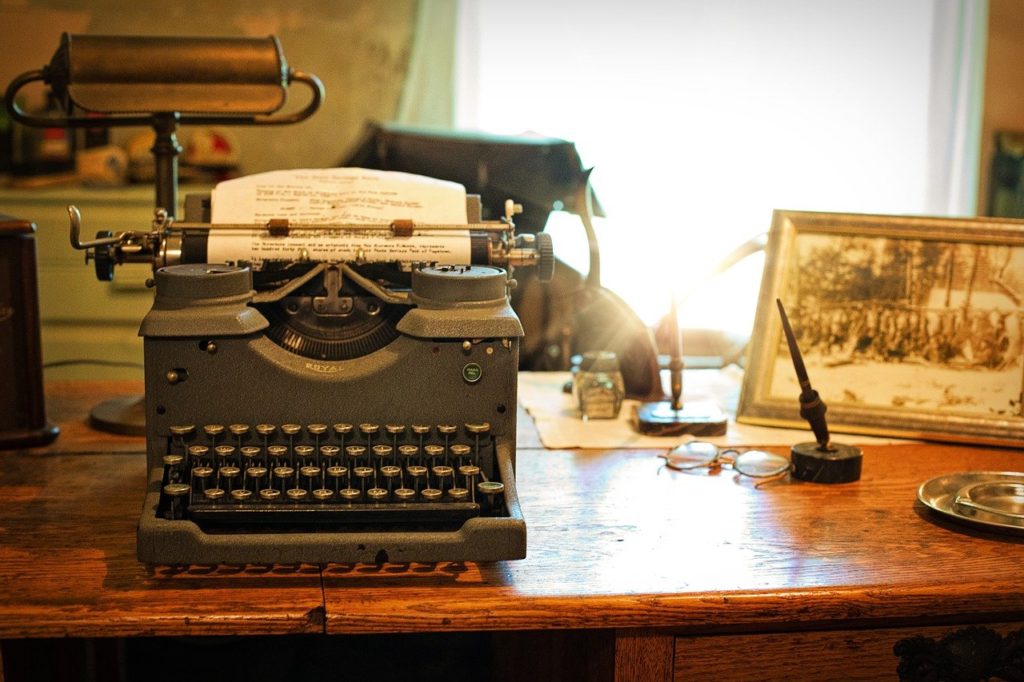Do you have a hard time singing with a strong vocal tone? Do you want to be able to sing in tune? Controlling how you sing vowels will help you get a stronger tone and give you the tools to sing in tune. We'll focus on tongue vowels today, because you'll find tongue vowels easier to produce than lip vowels. Read more to learn about singing tongue vowels. Estimated reading time 5 minutes.
Read More

